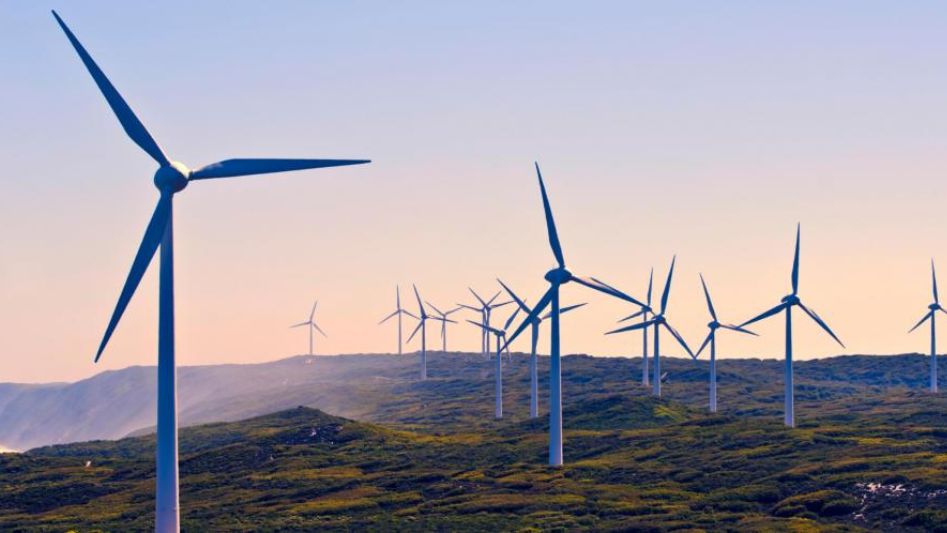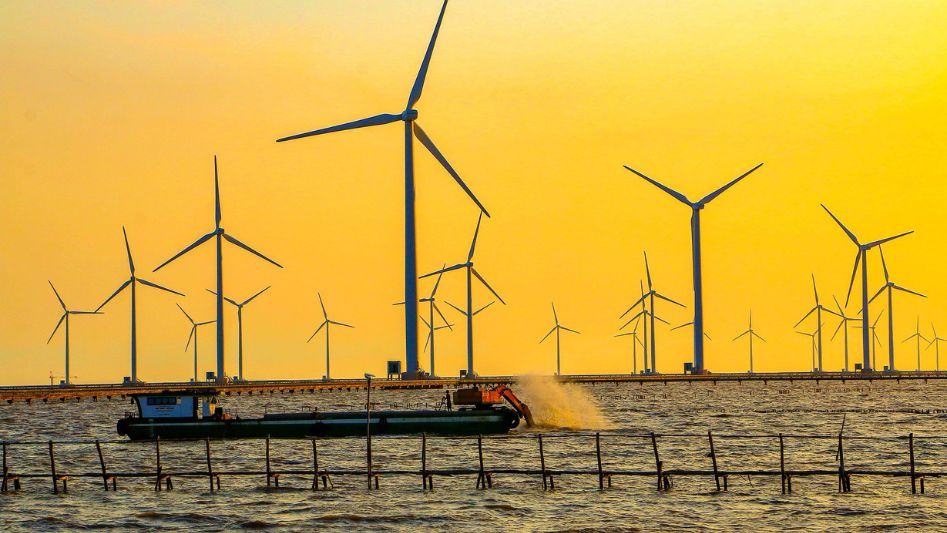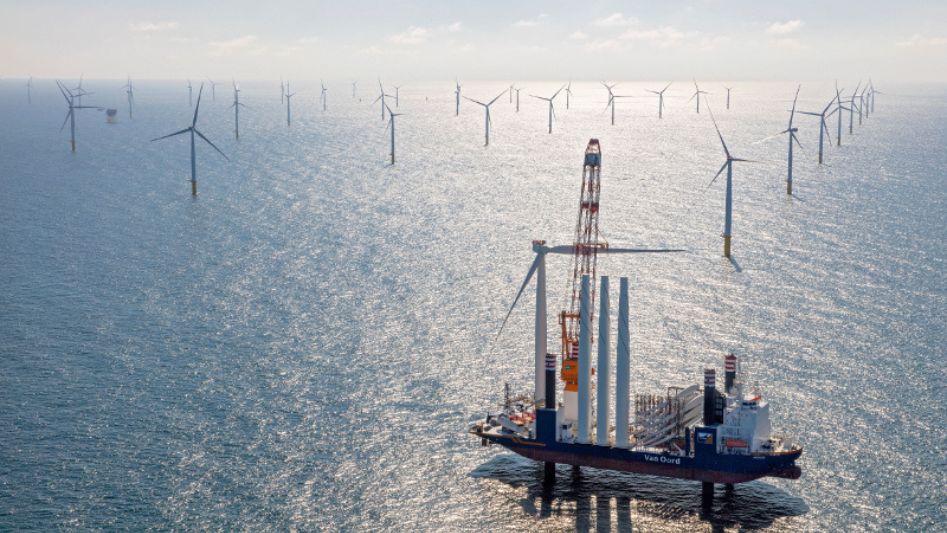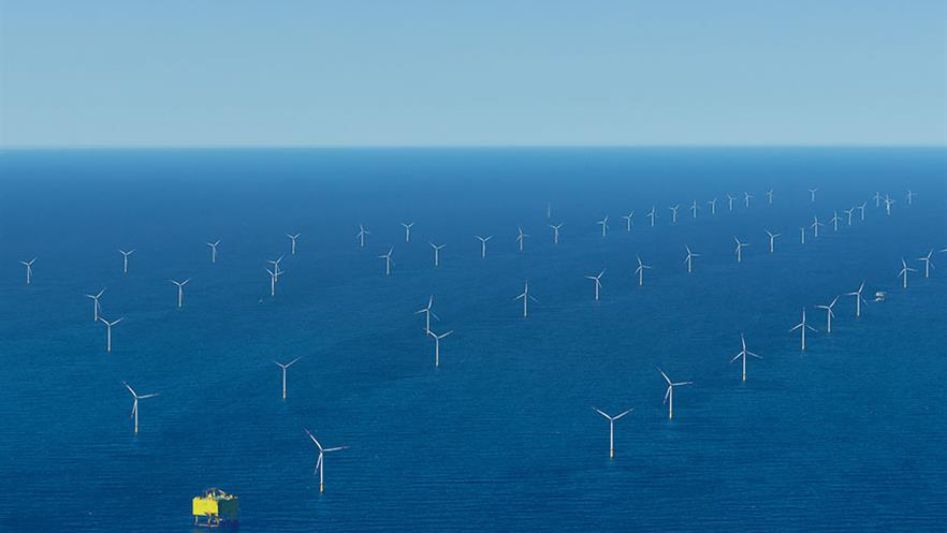Offshore wind farms have emerged as a key source of renewable energy in recent years, providing a clean and sustainable source of electricity. These wind farms are typically located in areas of high wind speeds, such as coastal regions, and can generate large amounts of electricity. In this article, we will explore the advantages and challenges of offshore wind farms, and examine their potential role in the transition to a low-carbon energy future.
Table Of Content
We invite you to read: “The Benefits of Implementing Vertical Axis Wind Turbines Offshore”

Advantages of Offshore Wind Farms
Large-scale electricity generation
Offshore wind farms have the potential to generate large amounts of electricity, which can be used to meet the increasing demand for energy around the world. These wind farms can provide a significant contribution to the electricity needs of a country, and can help to reduce reliance on fossil fuels.
Clean energy
Offshore wind farms provide a clean and renewable source of electricity, which can help to reduce greenhouse gas emissions and mitigate the impacts of climate change. They do not produce any air or water pollution, and do not emit greenhouse gases or other harmful pollutants.
Economic benefits
Offshore wind farms can provide significant economic benefits, including job creation, investment opportunities, and revenue generation. They can also help to reduce the cost of electricity, as the technology becomes more efficient and the cost of production decreases.
We invite you to read: “Offshore Wind Gets A Boost Thru The Wind Shot Program”

Challenges of Offshore Wind Farms
High cost
The cost of building and operating offshore wind farms can be high, due to the complexity of the technology and the difficulties associated with construction in deep water. This can make it challenging for offshore wind farms to compete with other sources of energy, particularly in areas where fossil fuels are heavily subsidized.
Environmental impact
While offshore wind farms are a clean source of energy, they can have an impact on marine life and ecosystems. The construction and operation of these wind farms can disturb the natural habitats of marine animals, and can affect the migration patterns of birds and other wildlife.
Infrastructure challenges
Offshore wind farms require significant infrastructure, including substations, undersea cables, and transmission lines, which can be expensive and difficult to build. The remoteness of many offshore wind farm locations can also pose logistical challenges for the construction and maintenance of these facilities.
We invite you to read: “China Building World’s Largest Offshore Wind Farm”

Conclusion
Offshore wind farms have the potential to play an important role in the transition to a low-carbon energy future, providing a clean and renewable source of electricity. While there are challenges associated with the construction and operation of these wind farms, the advantages they offer in terms of large-scale electricity generation, clean energy, and economic benefits make them an attractive option for many countries. As technology continues to improve and the cost of production decreases, offshore wind farms may become an increasingly important part of the global energy mix.
FAQ
What is an offshore wind farm?
An offshore wind farm is a group of wind turbines that are located in the sea or ocean, typically in shallow waters near the coast.
How do offshore wind farms generate electricity?
Offshore wind farms generate electricity by using wind turbines to convert the kinetic energy of the wind into electrical energy. The energy is then transmitted to the shore via undersea cables.
How much energy can an offshore wind farm generate?
The amount of energy an offshore wind farm can generate depends on factors such as the size of the wind turbines, the wind speed at the site, and the number of turbines in the wind farm. Some offshore wind farms can generate several hundred megawatts of electricity.
Where are offshore wind farms located?
Offshore wind farms are typically located in areas with high wind speeds, such as coastal regions and shallow waters. Some of the largest offshore wind farms in the world are located in the North Sea, off the coast of Europe.
You May Also Like
- Floating Offshore Wind Is Driven By Dramatic Innovation
- Vertical Axis Wind Turbines Will Dominate The Floating Offshore Wind Market
- Wind Turbine Technology: Past, Present, and Future
- How Wind Energy Can Help Mitigate Climate Change
- Harnessing the Wind: An Introduction to Wind Turbines and Wind Energy

